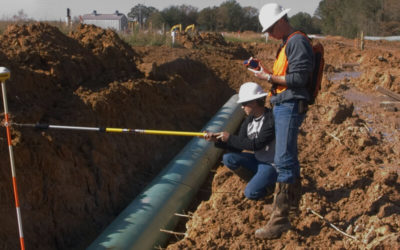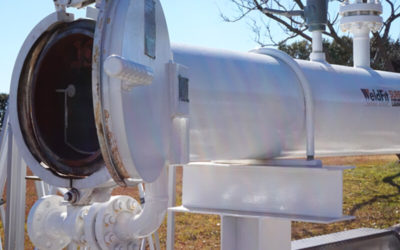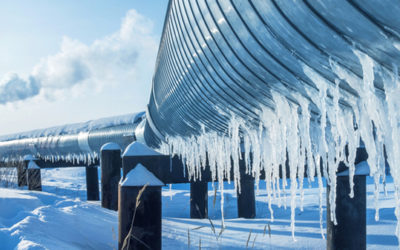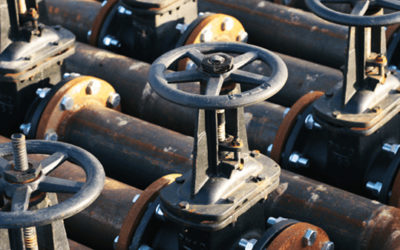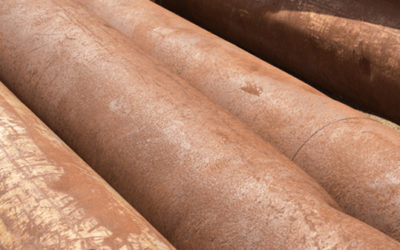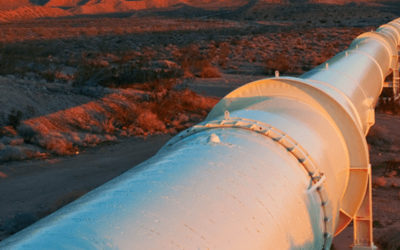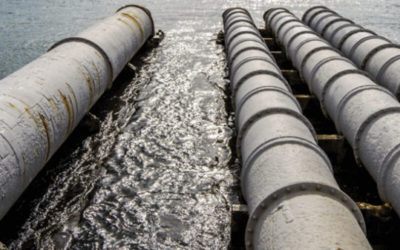Installing and maintaining a hydrocarbon pipeline is a complex, regulated task. Human and environmental safety is paramount, and proper geographical and depth placements are...
Blog Category:
Pipelines & Terminals
Manual vs. Automated Pigging: Which is Right for Your Operation?
Pipeline maintenance is a significant but necessary cost. This is especially true in lines carrying wet gas from liquid-rich shale plays. In addition to methane, product...
The Importance of Flow Meter Accuracy in Gathering Operations
Flow meters are an important component of virtually every oil and gas operation. But at gathering facilities, where custody of tens of millions of gallons of product is...
Weather Poses Challenges at Every Step
When it comes to factors that affect oil and gas prices, some will point to politics and taxation as major culprits. But the weather also plays an important role, offering...
Pipeline Risk Analysis and Modeling: Part 2
In the first part of this series on pipeline risk modeling, we learned that determining the chance of a risk event and its impact is an important part of pipeline integrity...
Pipeline Risk Analysis and Modeling: Part 1
The pipeline remains one of the safest transportation methods for oil and gas in the U.S., but like any technology, it has its risks. One way to mitigate those risks is...
The Technological Future of Pipeline Integrity
This is the fifth and final blog post in our series on pipeline integrity management. To read the fourth post, click here. Companies with effective pipeline...
Brownfield Engineering: The Life Line for Ailing, Aging Pipelines
This is the fourth blog post in our series on pipeline integrity management. To read the third post, click here. Caring for pipelines is a major engineering challenge. This...

